Currently On View
Thomas Hart Benton
This exhibit is on loan from the Naval History and Heritage Command in Washington DC and will be on display at the museum from November 7, 2025 through July 31, 2026.
Thomas Hart Benton was the son of a Congressman from the state of Missouri and the namesake of one of the first Senators from that state. His extensive career started with studying at the Art Institute of Chicago in 1908 before moving to Europe to experiment with Expressionism, Cubism and other styles. Returning stateside in 1912, he continued his career in Missouri and New York City. Late in World War I, he joined the Navy as a draftsman which the artist claims shifted his attention back to the objective style for his artwork. Working on the East Coast and Midwest, he became a Regionalist painter – depicting Americans as “down to earth” types showing their everyday actions and appearance.
Moved by the attack on Pearl Harbor in December 1941, Benton completed seven large paintings known as the “Year of Peril” series. These were published as books and posters by Abbott Laboratories – a pharmaceutical company that was producing necessary and improved drugs for the war effort. The president of the company found a way to give back to the war effort by sponsoring artists to depict military subject matter for use by the Department of Defense public relations. For Abbott Labs, Benton created 25 artworks, showcasing what he witnessed on board the submarine USS Dorado and LSTs along the Ohio and Mississippi Rivers. These original paintings and drawings were turned over by Abbott Labs to the Navy and comprise the artwork within this exhibition.

Score Another for the Subs, 1943
Thomas Hart Benton

She’s Off, 1944
Thomas Hart Benton
From Shangri-La to Tokyo: The Story of the Doolittle Raiders
April 18, 2023- April 30-2026
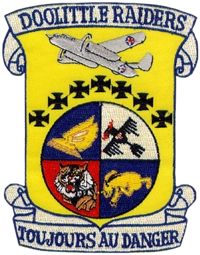
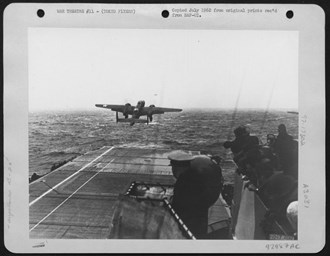
One of the most compelling factors of the Doolittle Raid was the enormous amount of secrecy afforded to the mission. Despite the need of tests, training, and modifications made to the B-25s to be used on the mission, neither the airmen, nor the crew of the U.S.S. Hornet were aware of the intended target until just days before their arrival. This secrecy continued even after the raid’s conclusion. Not wanting to alert the Japanese to the launch site of the raiders, the U.S. government would reveal limited information on the attack to the press. In order to evade the question from journalists, President Roosevelt would historically state that the B-25s took off from “Shangri-La,” a fictional city found in James Hilton’s novel, Lost Horizon. This exhibit will set this secrecy as its backbone, using it as major takeaway that will highlight the heroic undertakings of Lt. Colonel Doolittle and his crew of raiders.
Imagery and Irony: The Fight for Women's Suffrage through the Political Cartoons of Nina Allender
Nina Allender's political cartoons illustrated the fight for women's suffrage in ways that no other medium could. The battle for equality became accessible, tangible, funny and gut-wrenching through her art. From 1914 until her final cartoon appeared in 1927, Allender created more than 300 illustrations during the woman's suffrage campaign. This exhibit explores the power of those illustrations and their connections to government propaganda created to support World War I.
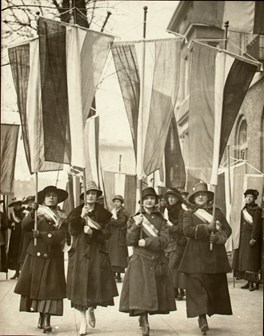
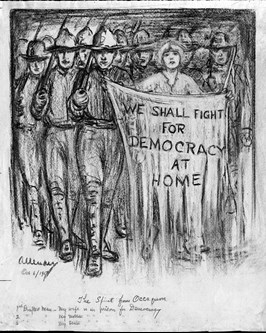
Vietnam, America’s Conflict
Vietnam, America’s Conflict brings together the powerful photography of Jim Guy Tucker and Bruce Wesson, graduates of Little Rock's Hall High School class of 1961. The work of these two schoolmates captures the faces of men, women, and children learning first hand their own profound lessons of war. Using the portraits in this exhibit, Tucker and Wesson remind museum patrons of the reality of war.


War and Remembrance
Learn how photos, letters, other memorabilia and events help us to understand the Civil War perspective through memory and time.
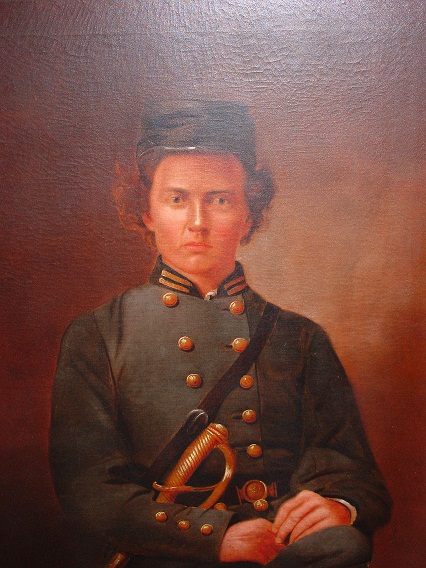





 Trash & Recycling
Trash & Recycling
 Online Payments
Online Payments
 City Documents
City Documents
 Parks
Parks
 Traffic Court
Traffic Court
 City Parks
City Parks
 Outdoor Recreation
Outdoor Recreation
 Volunteer
Volunteer
 Home
Home TRANSLATE
TRANSLATE
